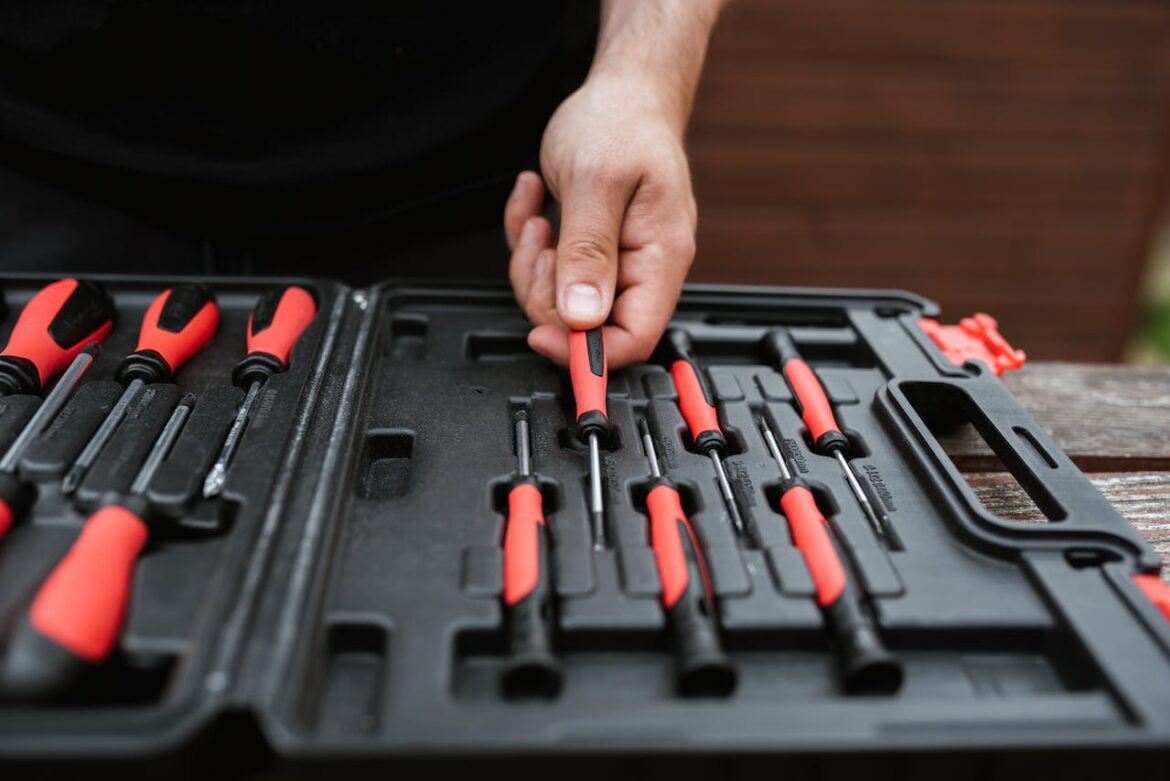Understanding the Basics of Installation
When you’re gearing up to install a CH&E pump, it’s like preparing for an important journey. Your pump is a crucial component in many industrial and construction settings, and getting it right is not just recommended, it’s essential. Imagine this: you’re on a job site, and the efficiency of your entire project hinges on the reliable operation of your pump. That’s where understanding the basics comes into play.
First, you need to grasp the fundamentals of pump installation. Think of it as setting the foundation for a house – it needs to be solid, level, and well-thought-out. Whether it’s ensuring the pump is properly aligned or verifying that all connections are secure, these initial steps can make or break the operational success of your pump.
Selecting the Right Location
Picture this: You’re on a vast construction site, and you need to decide where to place your pump. This isn’t just about picking a spot; it’s about strategy. The location of your CH&E pump can significantly impact its efficiency and lifespan. You have to consider factors like accessibility for maintenance, proximity to the water source, and the terrain. It’s like finding the perfect spot to set up camp – too close to the river, and you might flood; too far, and you could have problems with water supply.
Preparing for Installation
Now, imagine you’ve found the perfect spot. You’re ready to start, but wait! There’s preparation to be done. This step is like laying out all your tools before you start building something. It’s about ensuring you have everything you need – from the correct piping and fittings to the necessary tools for installation. It’s crucial not to rush this process. Taking your time here can save you hours of frustration later on.
Installation Process
The actual installation of your CH&E pump is akin to the heart of the operation. This is where your preparation pays off. It’s a step-by-step process, requiring precision and attention to detail. Think of it as assembling a complex model – every piece has its place, and every step is important. Whether it’s connecting the suction and discharge lines or priming the pump, each action is pivotal to the overall performance.
Post-Installation Checks
After installation, it’s not time to pack up just yet. This stage is like doing a final walkthrough of a newly built house. You need to check every nook and cranny to ensure everything is in order. This includes testing the pump for proper operation, checking for leaks, and verifying that all components are functioning as they should. Skipping this step could lead to future problems, which could have been easily avoided with thorough checking.
Maintenance Tips
Regular maintenance of your pump is as crucial as its installation. Imagine your pump is a high-performance car. Just as you wouldn’t neglect regular oil changes and tune-ups for your car, the same goes for your pump. This includes routine inspections, cleaning, and replacing worn-out parts. Proper maintenance not only extends the lifespan of your pump but also ensures it operates at peak efficiency.
Troubleshooting Common Issues
Even with the best installation and maintenance, issues can arise. Being prepared to troubleshoot common problems with your CH&E pump is like having a first aid kit handy – it’s essential. From clogs and leaks to motor issues, knowing how to quickly identify and resolve these problems can save you time and money.
In conclusion, installing a CH&E pump is not just about following instructions. It’s a journey that requires understanding, preparation, and attention to detail. With these tips in mind, you’re not just installing a pump; you’re setting the stage for efficient and reliable operation. Remember, a well-installed and maintained pump is the heartbeat of many operations.

